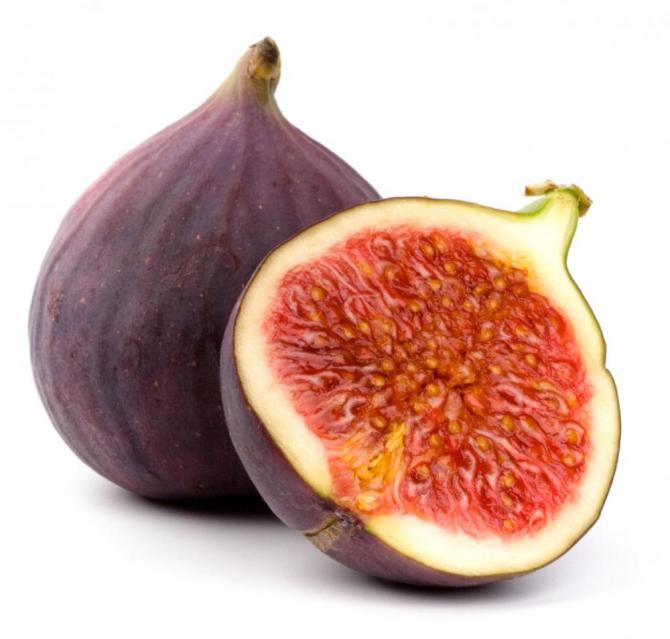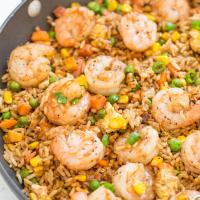
How then do these tiny wasps that only live for a few days manage to perform their amazing task of finding and pollinating flowers that are hidden inside the fig? Female fig wasps leaving the fig they have bred in need to fly off in search of another fig tree to continue the reproductive cycle, often a long and arduous journey, which only a few individuals out of thousands manage successfully. This remarkable feat is achieved by homing in on host tree-specific volatiles, a chemical signal released by the fig when it is receptive for pollination. Completion of this journey is the first test of endurance, as once the pollinator has located a receptive fig, she needs to circumvent the next barrier. The only link the fig cavity has to the outside world is through a tiny bract-lined opening at the apex of the fig, called the ostiole, and it is by means of this passage that the pollinating fig wasp gains access to the florets. Negotiating the ostiole is no easy task, with the female wasp having to squeeze and labour her way between the tightly closed bracts. She is, however, remarkably adapted to do so. Her body, in particular her head and thorax, is extremely flattened and elongate. She also has rows upon rows of backward pointing teeth on her mandibular appendage, situated on the underside of her head, as well as a few strong teeth on her legs. These teeth assist her progress through the ostiole and also prevent her slipping backwards. Nevertheless, the process of gaining access to the fig cavity is so difficult that her wings and antennae usually break off in the ostiole, but this fortunately
does not influence her pollinating or egg-laying ability.
The female wasp then proceeds to pollinate the stigmas and to lay eggs in the ovules of some of the florets. This she does by inserting her long ovipositor down the inside of the style. The florets that have styles longer than the wasp's ovipositor are pollinated, but no eggs are laid in the ovule and hence these florets set seed. The wasp larvae feed on the endosperm tissue in the galled ovary and larval development correlates strongly with host fig development, encompassing anything from three to twenty weeks. Once the wasps have reached maturity they chew their way out from the galls and emerge into the fig cavity within a short period of each other. The wingless males mate with the females before chewing a hole through the fig wall to the exterior to allow the females to escape - the male's only two functions in life, as he dies soon afterwards! The females either actively load up pollen from ripe anthers into special pollen pockets, or in some species passively become covered with pollen, before exiting the fig in search of young receptive figs to complete the cycle.
Once the female fig wasps have left the fig, it ripens, changing colour and smell, and becomes attractive to seed or fruit eating birds, bats, monkeys and even lizards. Fig trees are considered to be keystone species in many tropical and subtropical ecosystems, because of the all year round production of figs, providing food in seasons when other fruiting trees are not. Fruit eating animals play an important part in the propagation of fig trees, acting as the dispersal agents of the seeds.
Watch Video




